As a Blue Ventures staff member, I get to wear many ‘hats’: coordinator; field scientist; data analyst; spokesperson; rampant e-mailer, etc. etc.. But never did I imagine that I would add ‘film producer’ to this list! Yet, I’m writing this having just spent the last week filming in the mangroves, playing the role of producer. Quite a break from the norm, if there is such a thing in Madagascar.
Mangroves are critically important to coastal communities in Madagascar and throughout the tropics. They support important fisheries that local people are often acutely dependent upon as a source of both food and income. Mangroves also provide products, such as timber and charcoal, which communities use in their everyday lives. Unfortunately, this dependence, particularly on timber and charcoal, is causing mangrove forests to be increasingly overexploited, threatening the livelihoods of those dependent on them. Incentives for locally-led mangrove management need to be developed in order to prevent continued unsustainable exploitation.
[Tweet “Mangroves are critically important to coastal communities in Madagascar and throughout the tropics.”]
Through our Blue Forests programme, Blue Ventures is supporting communities in the Bay of Assassins, located 15kms south of the village of Andavadoaka in southwest Madagascar, to develop a Plan Vivo mangrove carbon project. Plan Vivo initiatives differ from other types of forest carbon projects. Whilst they are still measured and valued according to their impact on greenhouse gas emissions, Plan Vivo project design is community-led. Communities decide which land use activities (e.g. forest conservation, agroforestry, reforestation) will best address threats to their local ecosystems and are of most interest and value to them.
The Bay of Assassins project is called Tahiry Honko, which in the local Vezo dialect means ‘preserve mangroves’. The aim of this initiative is to generate verified carbon credits through the conservation and restoration of mangroves, within the Velondriake community-managed marine protected area. These credits will then be sold to both commercial companies and members of the general public that are looking to offset their carbon emissions. The participating communities will receive and manage the proceeds from these credit sales, in return for the successful management of their mangroves.
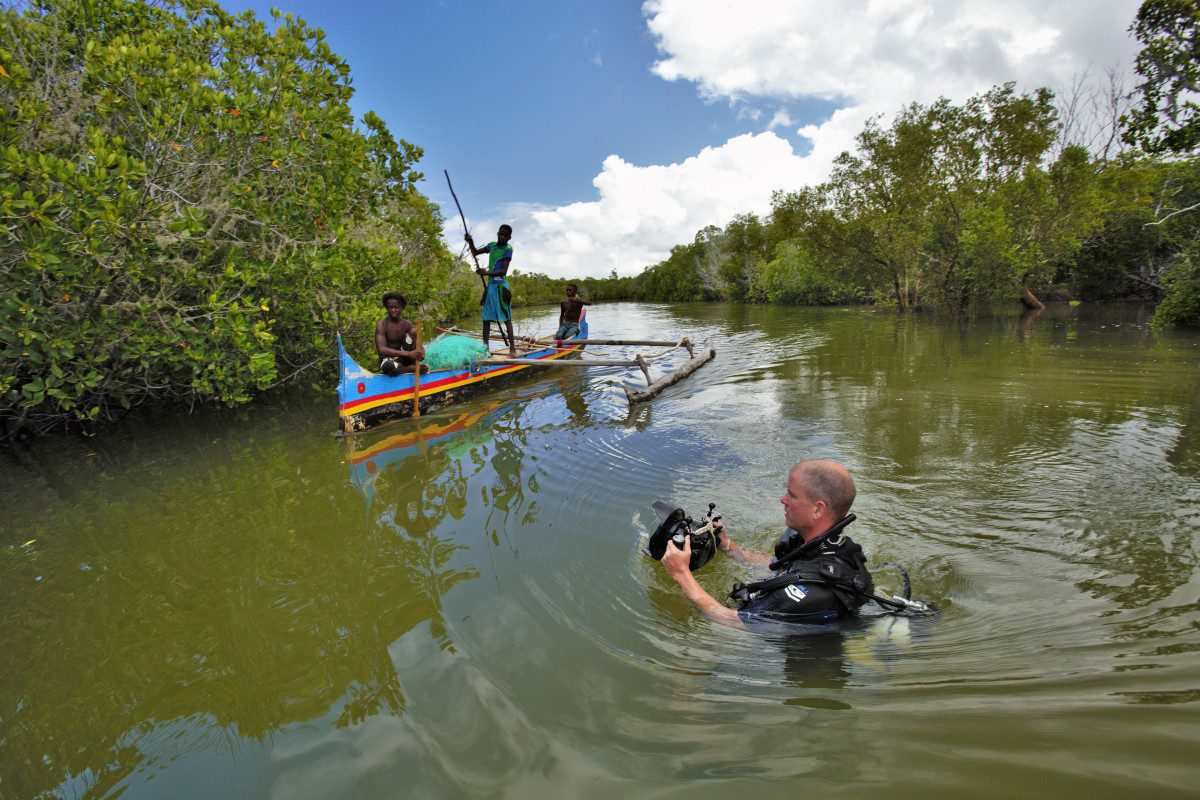
Our filmmaker Chris Scarffe getting into the thick of the mangroves during filming
In order to effectively market this project, we decided to make a short film about the concept, told mainly from the perspective of local people, explaining why mangroves are so important to the residents of the Bay of Assassins and how the sustainable mangrove management activities inherent to the project benefit not only the biodiversity of the region, but also the communities themselves.
When the plan of making a film was first hatched, the team and I thought, ‘Easy! How hard can it be, compared to what we normally do?!’. Oh how wrong we were. Whilst the whole process was a huge amount of fun and very rewarding, we did underestimate the amount of time and thought required to take a great idea and turn it into a powerful, concise film. Thankfully we had Chris Scarffe, a renowned conservation and environmental filmmaker, to help us through the process.
[Tweet “The project is called Tahiry Honko, which in the local Vezo dialect means ‘preserve mangroves’”]
After many hours of logistical planning and story board creation, the ‘film crew’ – consisting of Chris, Lalao Aigrette, myself and BV’s own photographer in residence, Garth Cripps – left Toliara for Tampolove, our base in the Bay of Assassins. The lead up to departure was slightly stressful, with rumours of a cyclone threatening to disrupt our very tight filming schedule and an above average rainy season making overland transport to Tampolove ‘challenging’. But after 12 hours in a packed, bumpy and more than slightly sweaty camion, we made it to Tampolove in high spirits, excited for a week of filming in the beautiful Bay of Assassins.
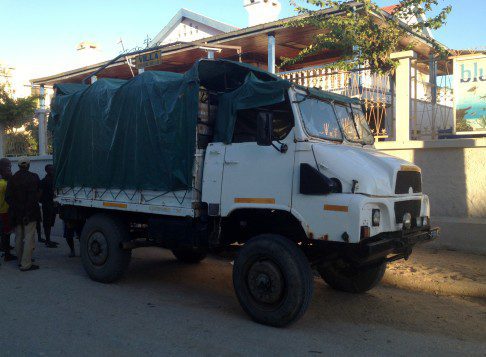
Our trusty camion ride to Tampolove
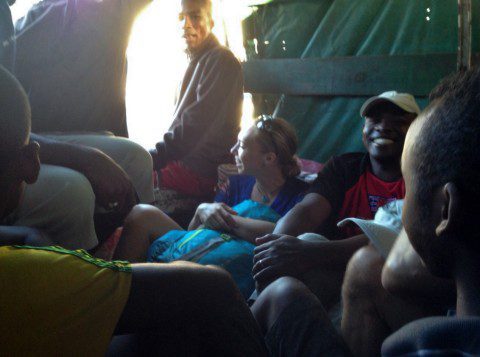
Cosy cosy in the back of the camion, with 12 very entertaining travel buddies!
And we certainly weren’t disappointed. Aside from some overnight rain on one night, the continued cyclone rumours never materialised and we were generally treated to perfect weather. The sun shone when we wanted it to and thankfully didn’t when we were setting up equipment in the middle of the day. We also got to witness many of the spectacular sunrises and sunsets that the region is famous for. In general, ideal filming conditions. And thanks to Lalao’s phenomenal logistical planning skills, despite a packed schedule we managed to film everything that we had planned to.
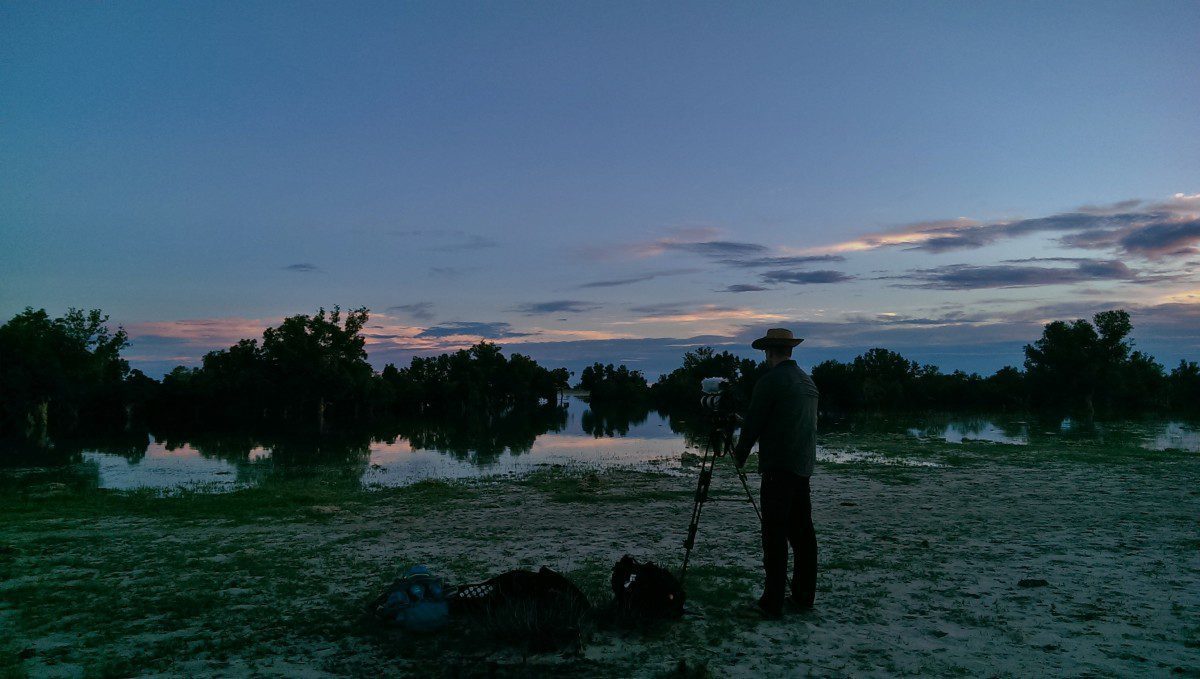
Setting up to catch the beautiful early morning light
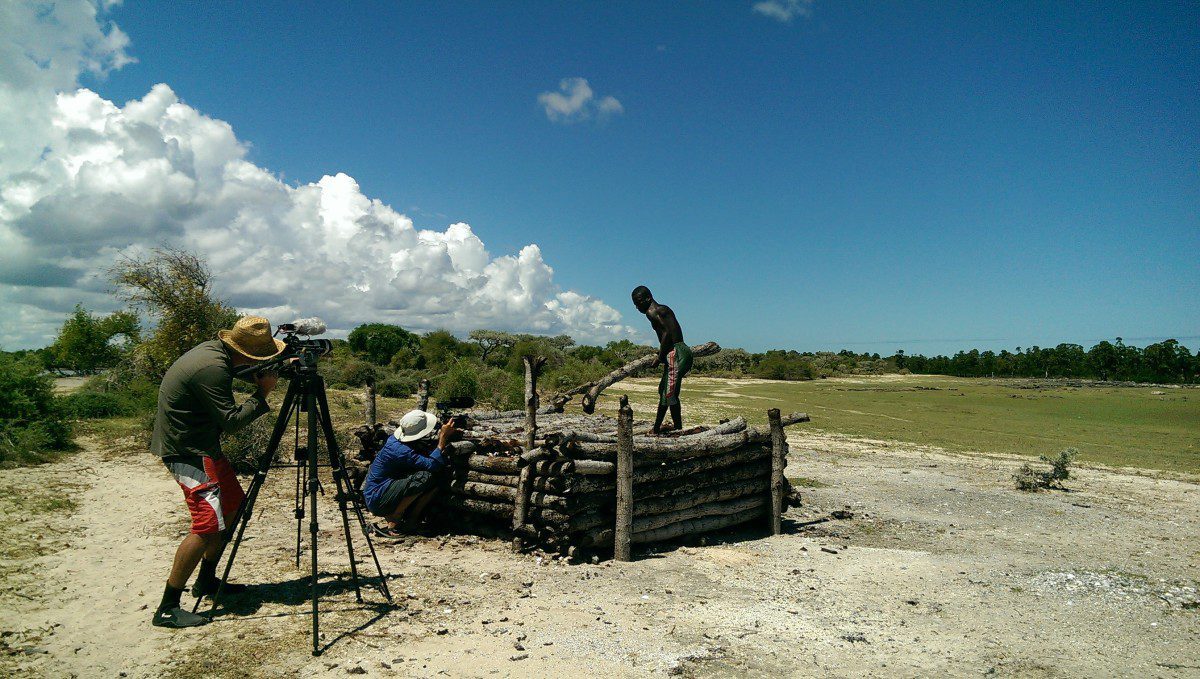
Filming the construction of a sokay (rudimentary quicklime, derived from the burning of molluscs and used for house construction in the region) kiln. Due to the large amount of timber required for sokay production, it is one of the key drivers of mangrove deforestation within the Bay.
However, the week was not entirely without drama. One of our core goals was to collect unique underwater footage of the fish and other marine life that inhabit the mangroves. However, this proved more challenging than anticipated. Not due to poor light or visibility, but rather a lack of fish! Despite asking local fishers’ advice as to where we’d most likely find fish, at most locations we found little sign of marine life of any sort. Whilst we did eventually get some decent footage, this paints a telling picture of the stress that the Bay’s natural resources are under and how sustainable, integrated mangrove forest and fisheries management must be a continued priority.
From a personal perspective, being based in the northwest of Madagascar and only getting into the field in the southwest a few times a year, it was so exciting and encouraging to see how the project is developing and witness first hand local peoples’ passion for and understanding of the project.
Another, less serious highlight for me was the drone flying. Chris brought a drone and camera set-up with him, so we could capture some spectacular aerial footage of the mangroves in the Bay. The drone proved to be quite an entertaining piece of equipment, not only for me but also for local residents and passers-by. Every time we flew it, crowds of people would gather, in awe of the little quadcopter, muttering ‘hafahafa vazaha’ (weird foreigner) under their breaths. Children in particular found it very exciting. We were never short of assistants!
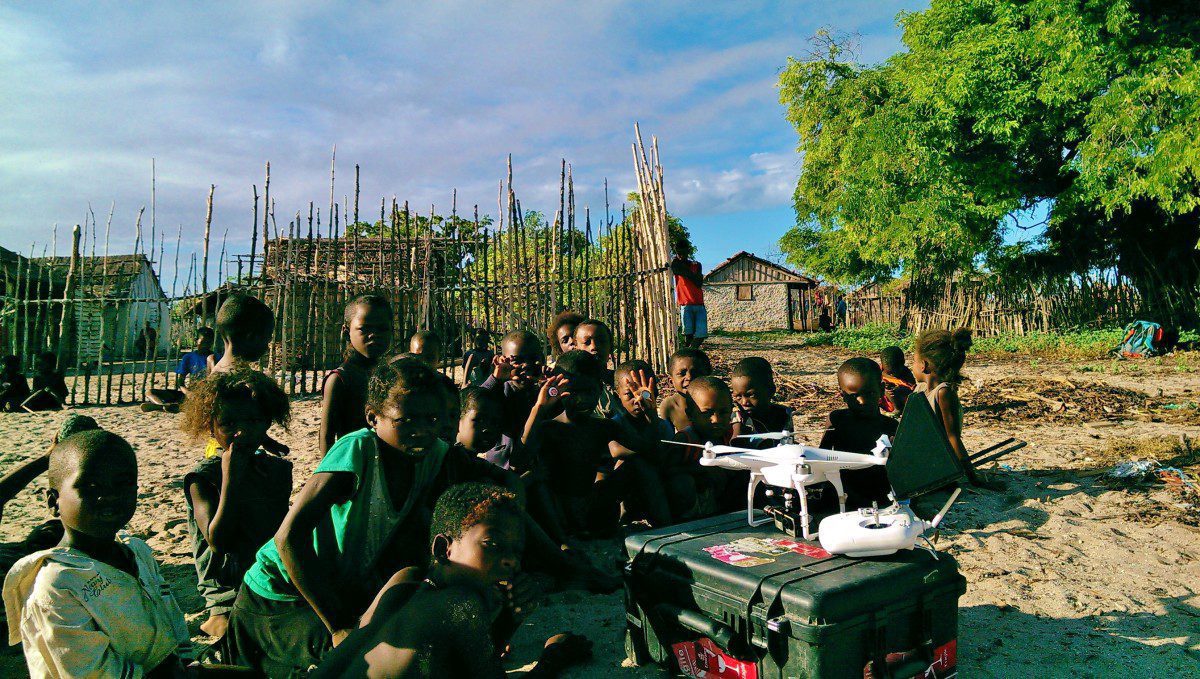
Inquisitive children in Tampolove keeping a close eye on the drone
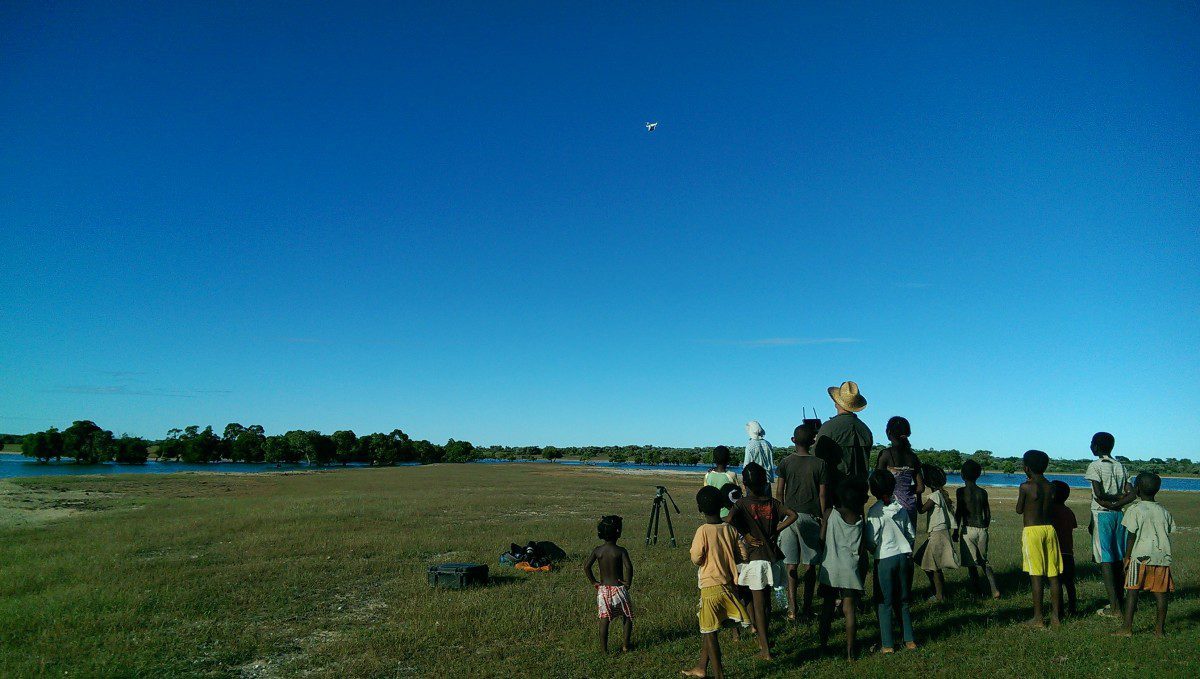
Is it a bird…?
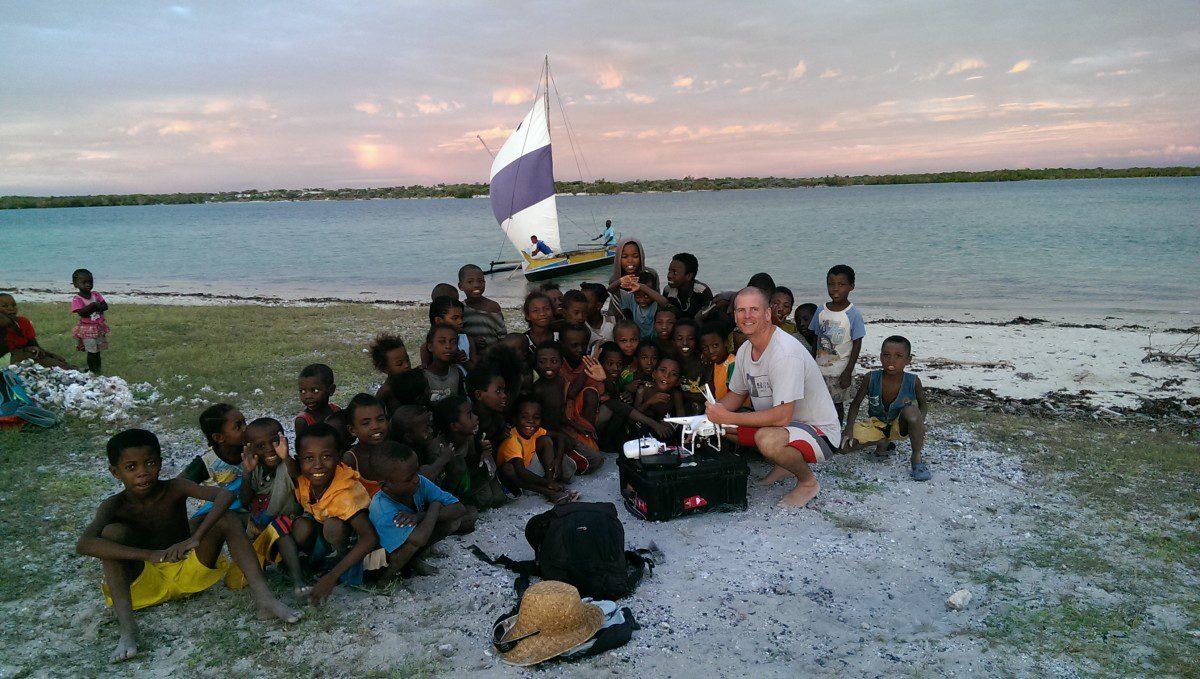
Chris and his assistants in Lamboara
So, what have I learnt this past week through my guest role as producer? Aside from learning numerous camera and filmmaking terms such as ‘focus pull’ and ‘data wrangler’, and now knowing more than I’ll ever need to about filming equipment, I also learned that local people’s knowledge and passion are superior to any written script. While we inevitably wrote a rough script prior to going into the field, we found that the natural words of the people who live and work in the mangroves everyday were far more powerful than anything we had written. I was humbled by how passionately and eloquently our interviewees described their appreciation of and dependence on mangroves, and what the Tahiry Honko project means to them.
I hope everyone reading this blog enjoys the film as much as I enjoyed playing producer. Many thanks to the ever professional and talented Chris and Garth, my invaluable co-producer Lalao and of course the wonderful people of the Bay of Assassins, for a fantastic week filming in the mangroves!
You can watch and share the film at: https://vimeo.com/blueventures/tahiry-honko or find out more about our Blue Forests work on our website

